Everybody knows that the overdrive pedal is the most commonly owned compact guitar effects pedal.
Some would say they don’t have an amp but they do have an overdrive pedal.
I’ve never met anyone who says that they don’t own a guitar but have an overdrive pedal though…
In fact, the types of overdrive are a bit unusual.
However, this overdrive effect is quite new in music history.
Any overdrive guitar sounds cannot be heard in the early music by the Ventures and the Beatles.
In the 1960’s, Jimi Hendrix was known to use fuzz pedals when the trend of the effects pedals was reverb, tremolo, and if any, booster.
I don’t know when it exactly appeared, but I think the first pedal called the ‘overdrive’ was the BOSS OD-1 that came out sometime in the late 1970’s.
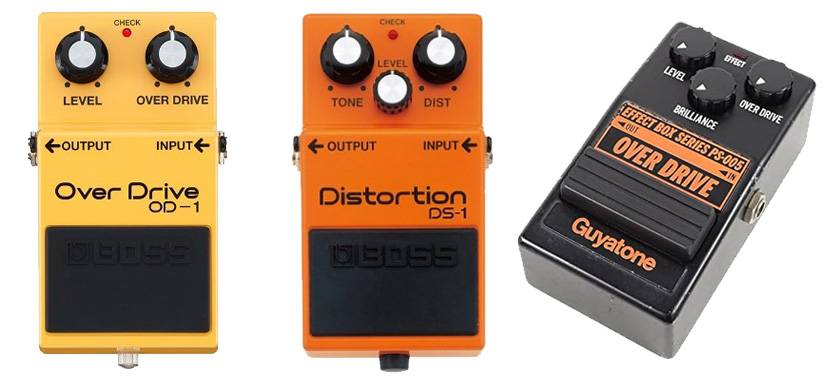
I first bought one when I was a high school student. Since then, a lot of manufacturers started releasing overdrive pedals that are continuing production up to modern times.
When I first tried out the BOSS OD-1 after purchasing it, I thought to myself, “I feel like I just wasted my money…”
I tried the OD-1 with my guitar with the humbucker that I was using at the time. The sound coming out of the amp felt like a huge letdown and my reaction was like, “What? That’s it? The sound gets distorted just a little!”
My sempai who was a good guitarist bought an overdrive pedal by Guyatone after trying out various pedals at the store.
My friends bought some distortion pedals that were the BOSS DS-1 and one from YAMAHA. No one I knew bought the BOSS OD-1.
At that time, most amps produced fairly clean sound even with a large output, so I think the sound of the OD-1 wasn’t a distortion sound that could be clearly heard.
So I kept using this OD-1 just to produce guitar sounds that I never became satisfied with while I was jamming with my sempai and friends.
However, one day, my OD-1 suddenly was brought into the limelight.
My sempai who had bought a Guyatone overdrive used my OD-1 as a booster with the Twin Reverb amp by Fender USA.
The sound created by Gibson Les Paul, the OD-1 and the Twin Reverb was thick and sticky, and the sound was excellent with sustain.
I then realized my childish way of thinking on how to use effects pedals and promptly changed my attitude.
My sempai then purchased the BOSS SD-1 instead of the OD-1.
Suddenly, I became proud of myself for having bought the OD-1 and I thought to myself, “I wasn’t wrong!”
Nowadays, the overdrive pedal is used like a booster as a matter of course, and some pedals are even specially designed for this purpose. On the other hand, some overdrive pedals are a little too powerful to be used as a booster. There are so many different types of characters in overdrive pedals that one will not sound like another.
To break it down roughly, if you want to set up your amp to produce a clean sound and switch between a clean and a drive sound, the stronger distortion pedal is better.
If you want to improve the distortion quality of the amp itself, or if you want a sustained drive sound only for solos, the pedal with a similar character to the booster is better.
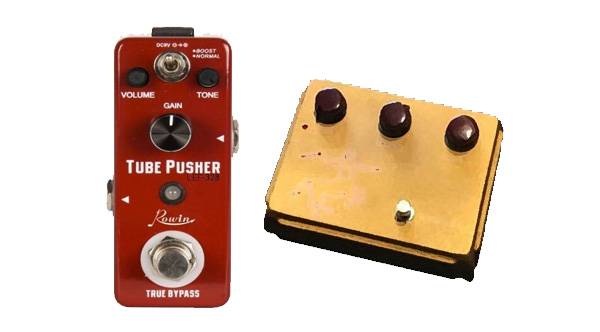
And now, there are a wide variety of overdrive pedals with the most expensive priced at more than 100,000 yen down to the least expensive priced at less than 3,000 yen.
By the way, I never thought that the overdrive pedal that exceeds 100,000 yen (that gold one) in price would be as good as it is.
Every time I have used it, I was vaguely thinking, “Why does this make so much noise?” or “Who buys this if no famous guitarists use it?"
However, when I listened to a famous guitarist getting incredible sound from his guitar using this pedal, I convinced myself that it wasn’t the equipment but his guitar skill as I felt very defeated by the price of that pedal.
The fact was that this overdrive pedal was just too darn expensive.
I think the important factor here is whether the combination of your amp and the guitar creates the ideal sound you want.
I currently play using both the clean and drive channels from the amp, and I use the overdrive pedal only for solo parts when playing with the drive channel.
Use the overdrive pedal to add more sustain and refinement to the amp’s drive sound, and then raise the volume a little. If you’re able to find a sound that you like best for your solo, that’s OK.
The point is that you understand how to effectively use all of this equipment and combine them. That’s all.
Sometimes I’m not sure if the amp simulator is an overdrive effector or a preamp, but it’s better not to connect the amp simulator to the input on the amp again.
It depends on the way of thinking, but it’s nonsense to put the sound from the guitar amp back into the guitar amp.
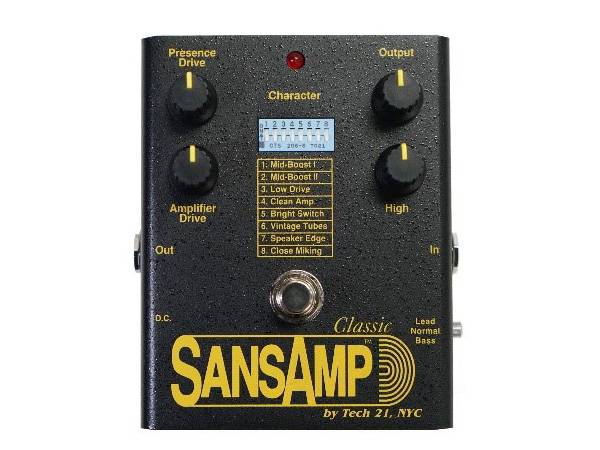
The pioneer of the amp simulator is hands down the SansAmp Classic.
I first heard about this from someone at a famous recording studio in LA that they use this amp simulator.
What I learned was that you could get the best sound just by connecting your guitar to the SansAmp and then connecting it directly to the console.
At first I thought the amp simulator was an effects pedal so I connected it to a guitar amp, but the noise was terrible, and I only got a faint cheap sound and poor distortion.
However, I tried connecting the SansAmp to the return of the send/return on the amplifier.
Then, an incredibly heavy overdrive sound came out. It was then that I figured it out and thought to myself, “Oh, this is how it should be used.”
Finding your best one from millions of overdrive pedals can be really tough but also fun.
Keep searching until you come across the one that makes you say, “This is it!” because finding the ideal distortion sound is a never-ending task for most guitarists.






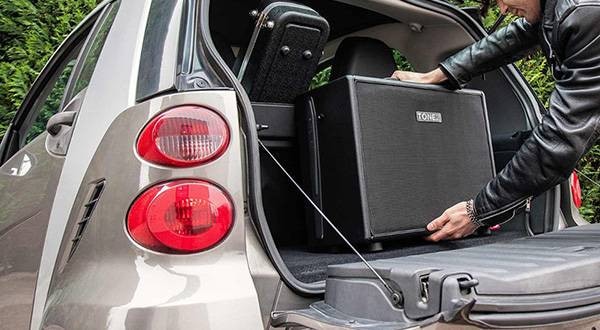
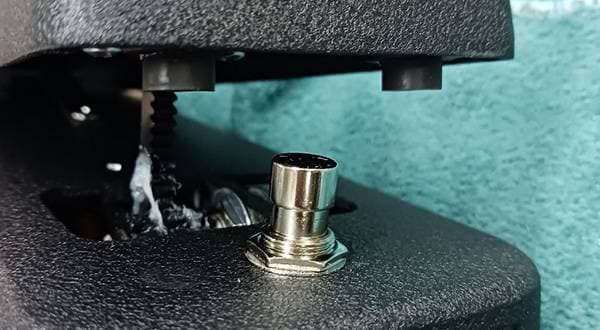
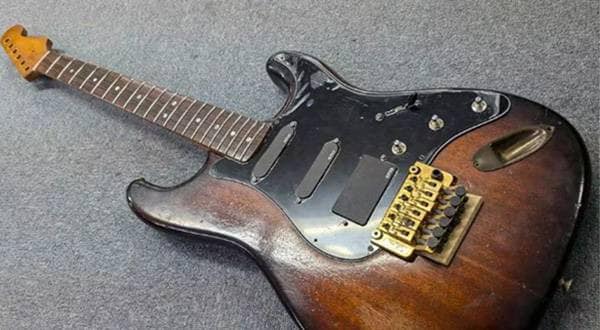
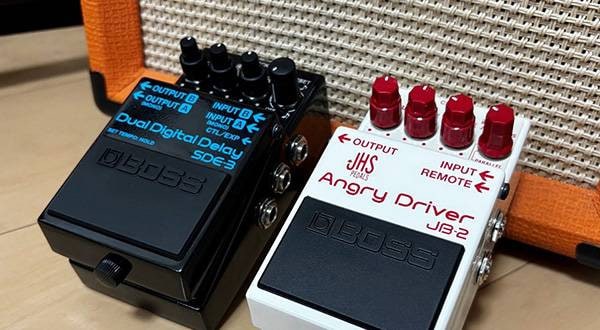
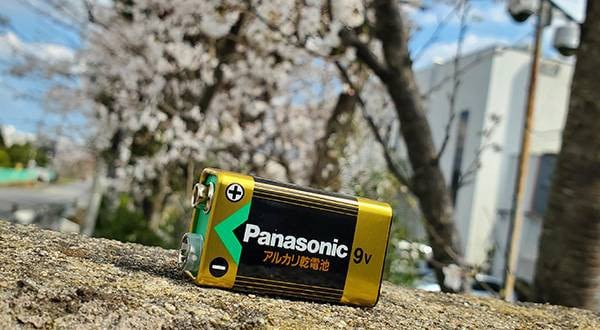
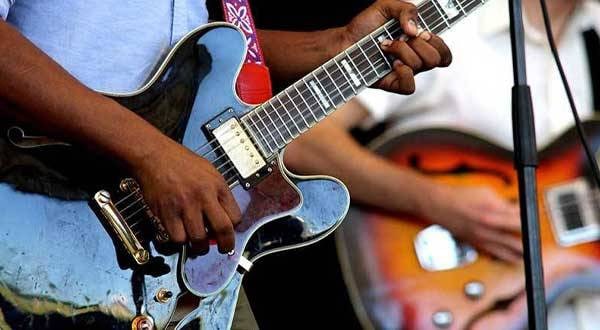
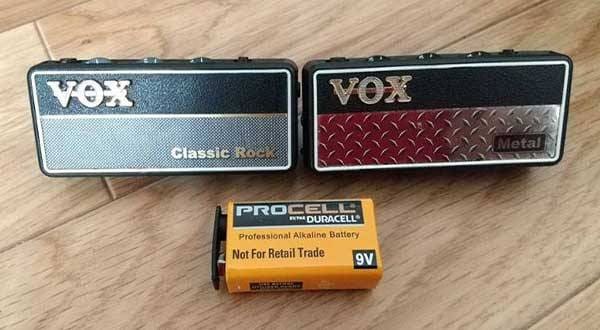
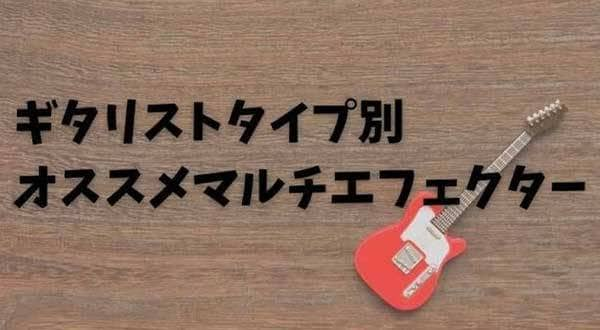
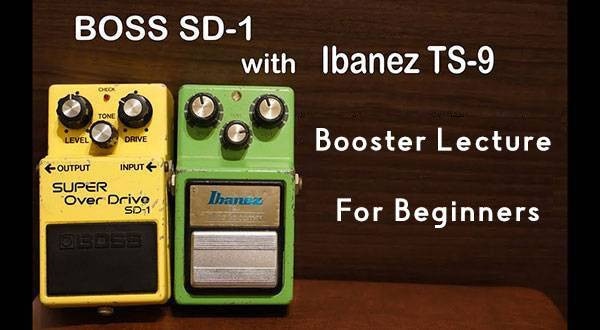
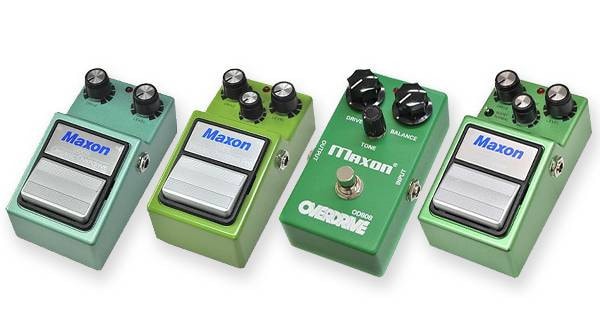
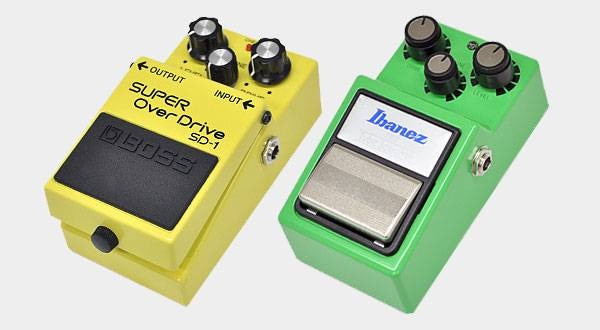
 はじめてのエフェクターは GT-1 にしよう
はじめてのエフェクターは GT-1 にしよう
 第2弾 あなたのエフェクターボード見せてください
第2弾 あなたのエフェクターボード見せてください
 【初心者向け】エフェクター講座
【初心者向け】エフェクター講座
 あなたのエフェクターボード見せてください
あなたのエフェクターボード見せてください
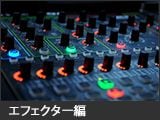 エフェクター編
エフェクター編
 エフェクターのつなぎ方
エフェクターのつなぎ方















